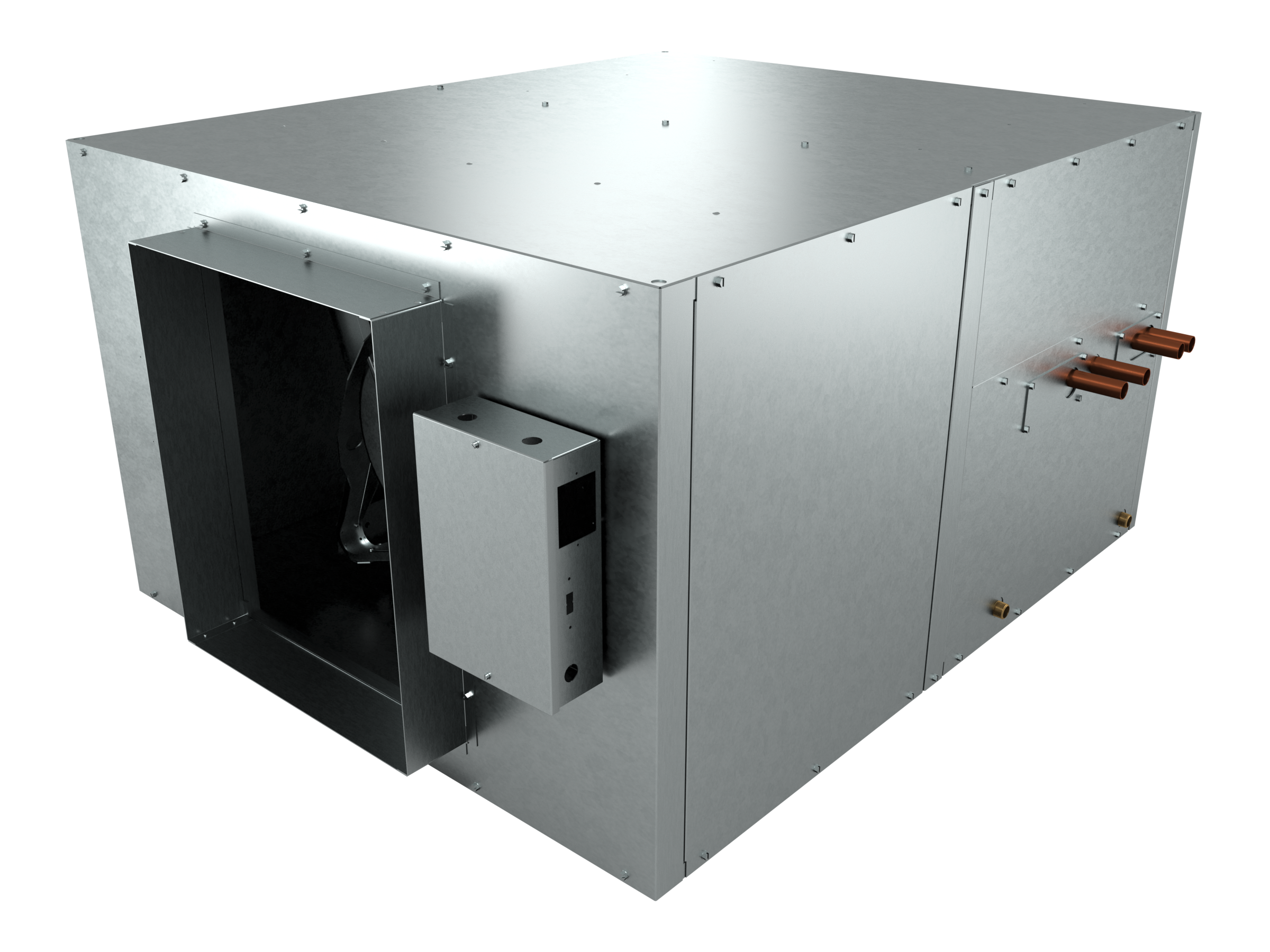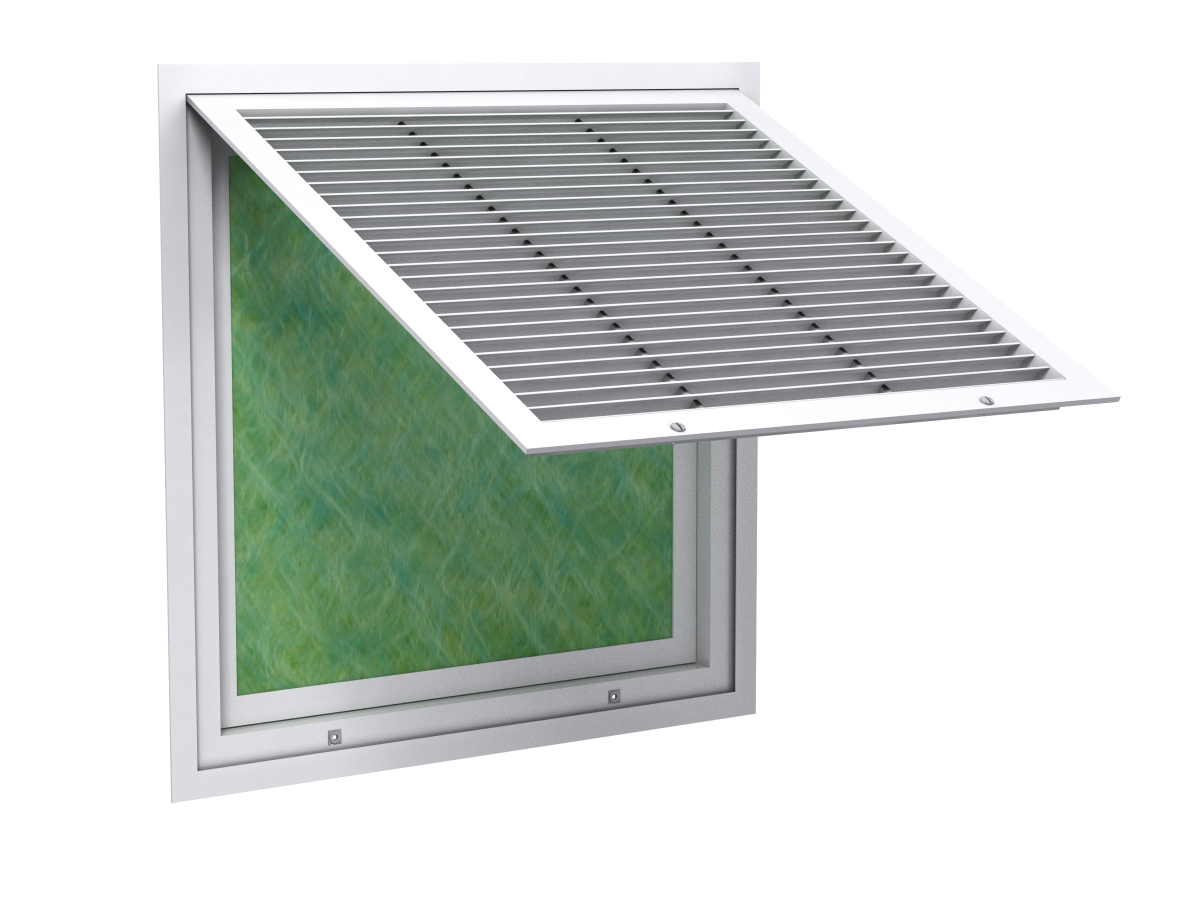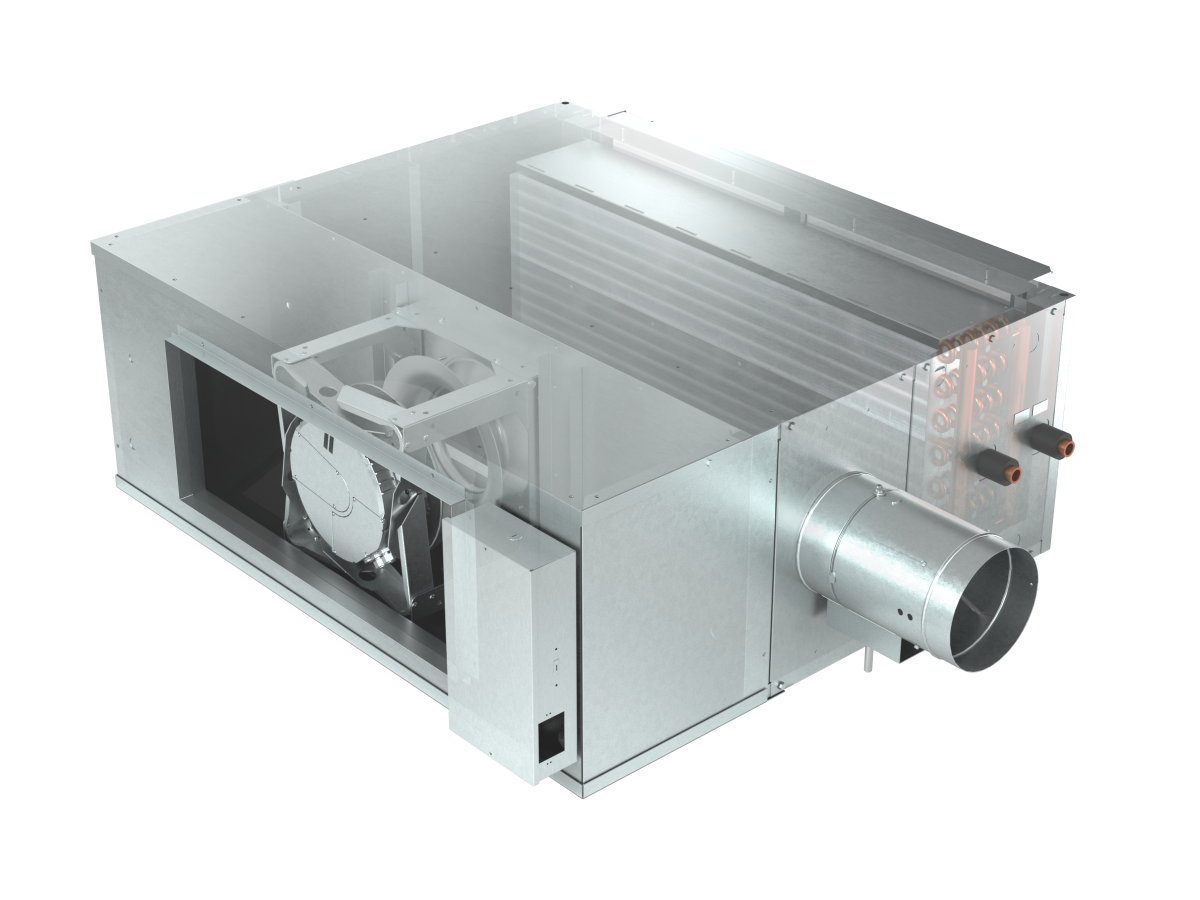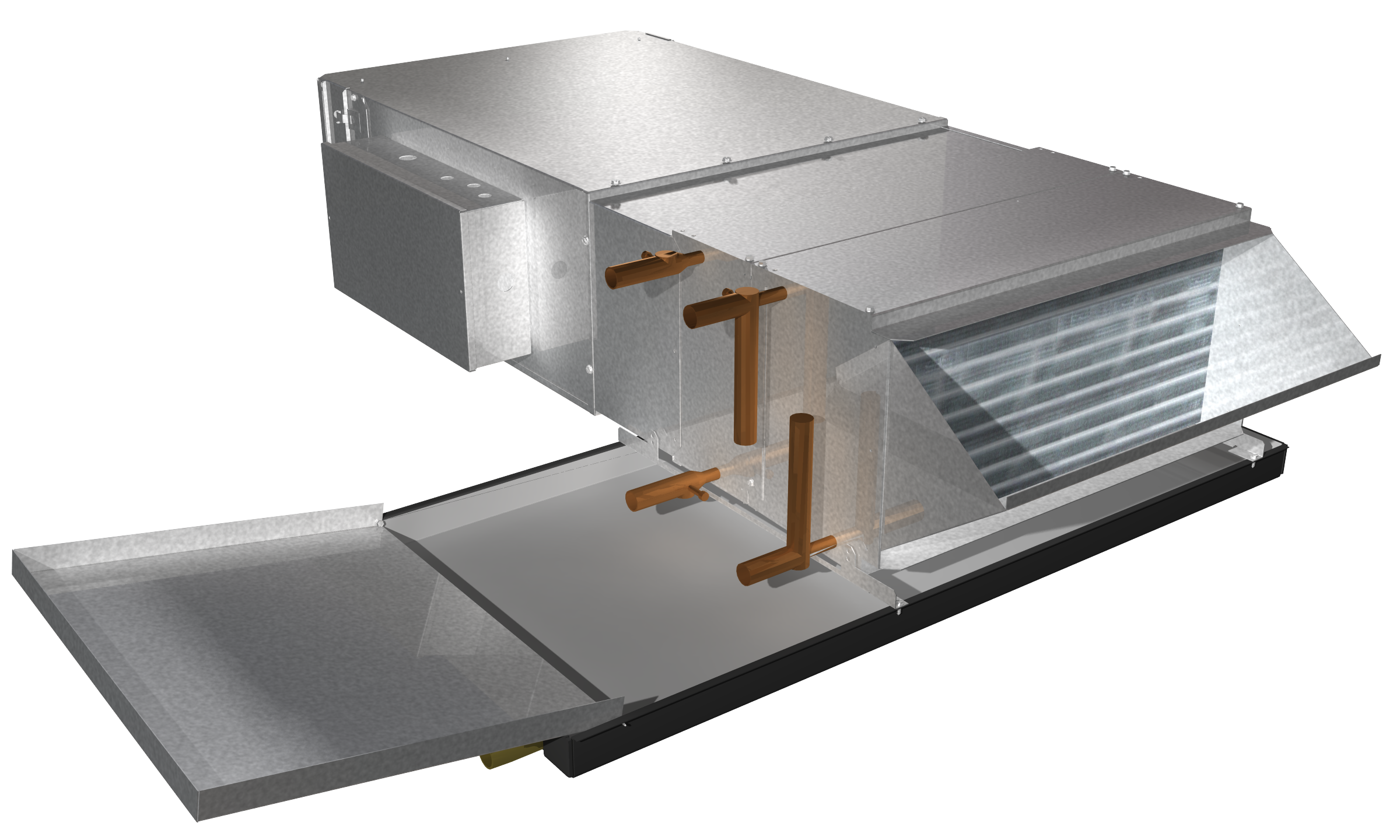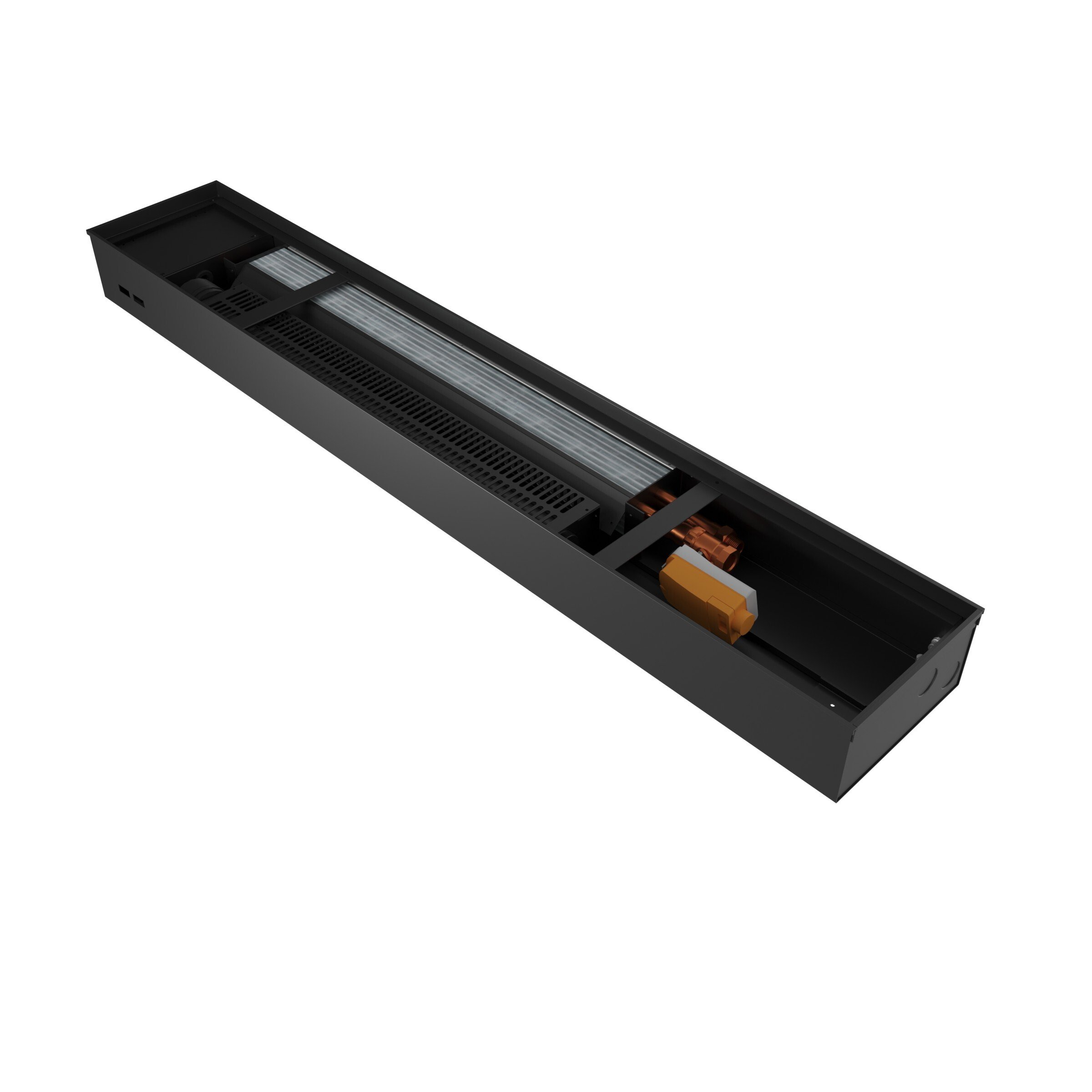Bridging the Gap Between Fan Coils and Indoor Air Handlers
A blower coil unit is a versatile piece of equipment that can be integrated into many types of hydronic distribution systems. With its compact design and wide range of performance capabilities, it has become popular in many different markets.
Read More
Topics:
Static Pressure,
Fan Coils,
HVAC Fundamentals,
HVAC,
Engineering,
Design Engineering
Expertly Designed With Simplicity in Mind
Filter frame grilles are an elegant solution for providing filtration on the return-air side of your air distribution system. Return grilles supplied with a filter frame make it easy to access filter media from the room side using face-operable latches.
Read More
Topics:
GRD,
Grilles,
HVAC Fundamentals,
HVAC,
Engineering,
Design Engineering,
Filtration
Missed Our Latest Webinar? We’ve Got You Covered!
“Register Now! Engineering Webinar from Price Industries”
It’s everyone’s favorite subject line – another opportunity to deepen your HVAC knowledge and collect a PDH credit, free of charge.
Read More
Topics:
Fan Coils,
Thermal Comfort,
HVAC Fundamentals,
HVAC,
Engineering,
Design Engineering,
Filtration
Where Comfort Control Meets Quiet Efficiency
When it comes to maintaining occupant comfort in buildings with many individual rooms – such as hotels, healthcare buildings, dormitories and office spaces – horizontal fan coil units are behind-the-scenes heroes. They deliver individualized temperature control while staying out of sight and out of mind. Compact and quiet, these units are usually installed above ceilings, making them ideal for spaces where floor area is limited but where comfort can’t be compromised.
Read More
Topics:
Fan Coils,
Condensate,
Thermal Comfort,
HVAC Fundamentals,
HVAC,
Engineering,
Design Engineering
Heat Smart, Save Energy
Fan trench heaters are specialized heating devices that are embedded within a trench in the floor or mounted in a low-profile enclosure at floor level, typically along the perimeter of a room or under windows. This type of heater combines a heating element, such as a multipass water coil or electric resistance heater, with a fan to enhance air circulation and heat distribution.
Read More
Topics:
Underfloor,
Thermal Comfort,
HVAC Fundamentals,
HVAC,
Engineering,
Design Engineering


